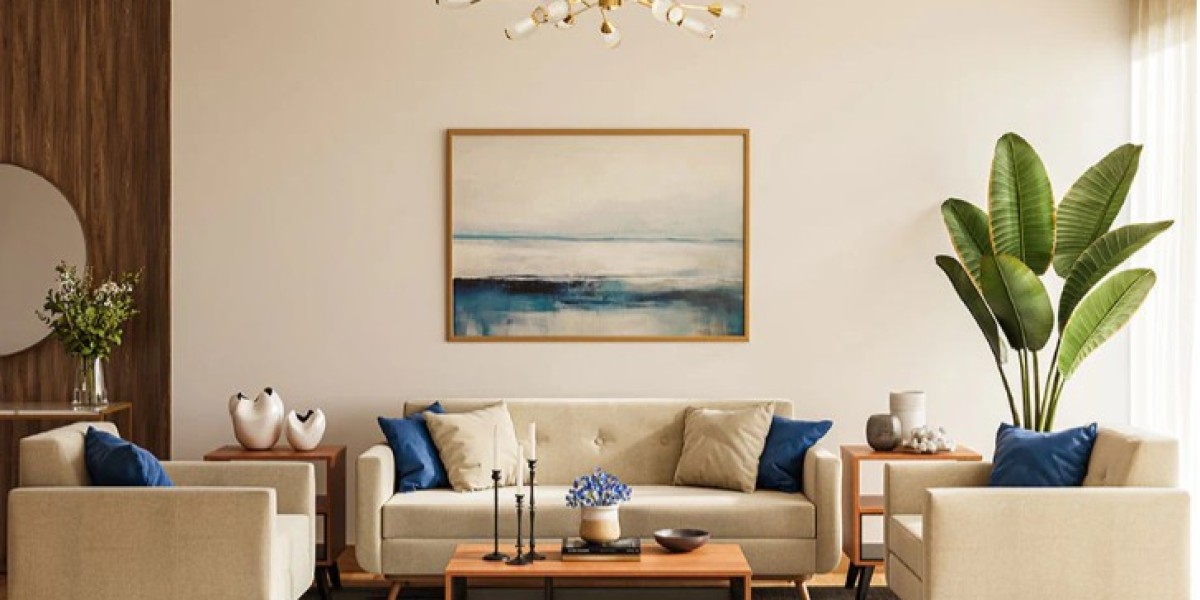Home interior design plays a vital role in turning a house into a home. It reflects your personality, lifestyle, and values while providing comfort and functionality. Whether you are renovating an existing space or designing a new home from scratch, interior design helps create a balanced and inviting atmosphere. With the right approach, you can design a space that is not only beautiful but also practical for daily living.
The first step in home interior design is understanding the layout and purpose of each room. Each space in your home has its own function, and the design should support that purpose. For example, a living room should be welcoming and relaxing, a kitchen should be efficient and easy to use, and a bedroom should promote rest and comfort. Choosing the right furniture, lighting, and color schemes for each room helps create harmony and flow throughout the home.
Color plays a major role in home interior design. Neutral tones like white, beige, and grey can create a calm and elegant atmosphere, while bold colors like navy, green, or terracotta can add personality and warmth. Color can also be used to visually separate areas in open-plan spaces or to highlight architectural features like walls, ceilings, or built-in shelves.
Lighting is another important element in home design. Natural light should be maximized where possible, using large windows, sheer curtains, and skylights. Artificial lighting should include a mix of general lighting, task lighting, and accent lighting. For example, pendant lights over a dining table, reading lamps in a bedroom, or LED strips under kitchen cabinets all add functionality and ambiance.
Furniture selection is crucial in achieving a cohesive design. Furniture should not only match the style of the home but also be comfortable and practical. In modern interior design, less is often more. Avoid overcrowding rooms with too many items. Instead, choose a few quality pieces that serve multiple purposes. Storage furniture, foldable tables, and modular sofas are great for making the most of small spaces.
Textures and materials also add depth and interest to a home’s interior. A combination of wood, metal, glass, and fabric creates a balanced and rich environment. For instance, wooden floors paired with soft rugs, velvet cushions, and metal light fixtures create a cozy yet modern look. Wall treatments such as paint, wallpaper, or decorative panels can also enhance the character of a room.
Home interior design should also include personal touches. Artwork, family photos, decorative accessories, and souvenirs from travels bring life and meaning to your home. These elements reflect your story and create a unique environment that feels truly yours.
One of the growing trends in home interior design is the focus on sustainability. Eco-friendly materials, energy-efficient lighting, and indoor plants not only reduce environmental impact but also improve the quality of life. Biophilic design, which brings elements of nature indoors, is gaining popularity for its calming and health-boosting effects.
In conclusion, home interior design is about creating a space that feels comfortable, stylish, and suited to your lifestyle. From colors and lighting to furniture and decoration, every element should work together to create a harmonious and functional living environment. Whether your taste is modern, traditional, minimalist, or eclectic, thoughtful design can transform any space into a beautiful and inviting home.







